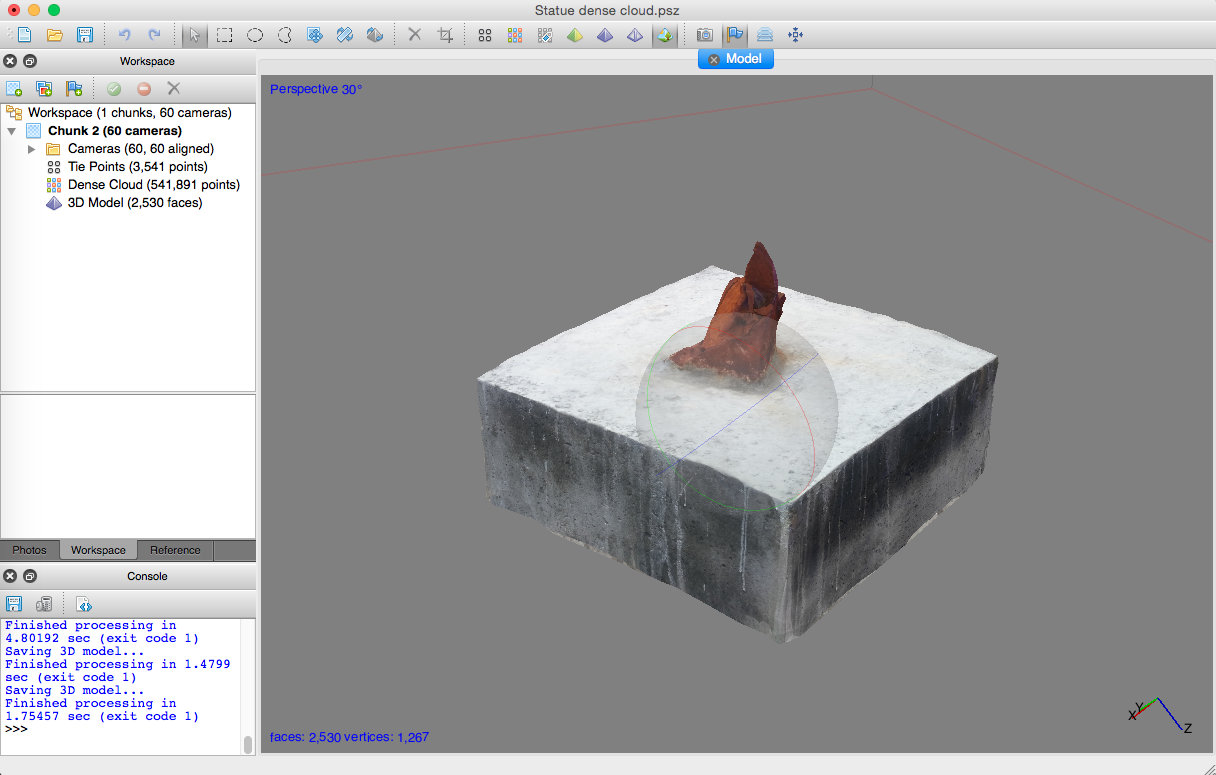This blog post is based upon the readings on ethics in public archaeology. I make references to Fred L. McGhee’s Participatory Action Research and Archaeology and John H. Jameson Jr.’s Purveyors of the Past: Education and Outreach as Ethical Imperatives in Archaeology.
What comes to mind, when first discussing ethics and moral responsibility one takes under the context of ownership in dealing with public works, is the commitment this individual or group has established upon taking on a project. Also, what are the goals they aim to achieve in undergoing a project that consists of two or more groups?
McGhee discusses the roles project leaders take when conducting research for/by the community. Also, a direction of development for the community must be taken into account when applying this research to academia if that is the institution in which the archaeologist(s) is being represented through. It is important to always have a clear vision and purpose that correlates to the community when working through a collaborative measure. Moreover, this method of research is better known as Participatory Action Research (PAR), aimed to establish or reform social change within the community of reach. So, it is very important for these PARs to conduct these project with and by the owners of the subject matter whether it be tangible or intangible.
Although PAR is viewed as extreme in other’s eyes, I completely agree and support the notion of collaborative research. As archaeology has evolved dramatically since its height in the sixties, efforts have been made to modify the roles that are played by these researchers and the communities they interact with for their work. Quoted from page 216 in McGhee, “Participatory research is not a research project; it is a community organizing and/or development project of which the research is only one piece.” McGhee emphasizes the purpose of PAR and community archaeology altogether. It is most clear that the theory and method of public archaeology is being redefined to ensure rightful ownership and decision to those who deserve it.
For our project at Hidalgo County Pauper Cemetery, i believe it is important that we maintain consistency with communication and actively work through this partnership with the Hidalgo County and Edinburg city. Since day one it has been made clear that this project is to bring light to those forgotten and to reconnect any missing ties that have become of this lost at the pauper cemetery. We must let it be known to the community of our current work through either media or publication to try and get more coverage on this project.
The differences of Public Archaeology interpretation in both Jameson and McGhee include the duties as a public figure and/or specialist while the other focuses on the complete immersion of mandate to the community. Jameson covers the purpose an archaeologist should establish when involved in public works, especially under the column of education. Mentioning the responsibility of not only completing a project to spread insight to those willing to learn but to also collaborate and speak to the community leaders such as mayors and representatives.
Misinterpretation has long been an effect of Hollywood and just a vast majority of people concluding archaeology to be a career and purpose that it truly isn’t. In this sense, i can tie this idea to McGhee in doing these projects for the sake of the people and social change. Both propose the duty of getting actively involve even if that is not the experiecne or specialty you have as an archaeologist but for the sake of Public Archaeology it is dire to always get in contact with community leaders and officials to work together to establish something new and clear.
Both of these articles do in fact shape a better direction or at least an understanding, to what a Public Archaeology project should cover the basis on. Although i feel McGhee emphasizes more delicate matters on indigenous rights and community ownership, both him and Jameson advocate the true power and change that may come from outreach.
As McGhee most amazingly puts it on page 218, “In its most radical manifestations, PAR is about revolution.”
